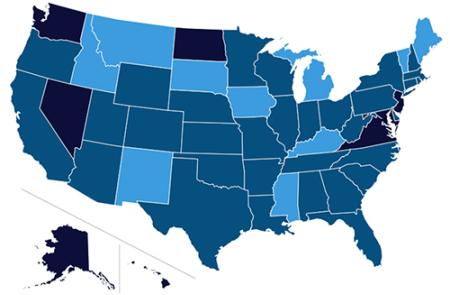To support the development of policies and practices/tools used to increase and improve employment opportunities for persons with a disability, ODEP conducts and oversees a wide variety of research and evaluation activities. This section includes select research and analytical reports, insights into disability employment statistics and information on our grants and cooperative agreements.
An official website of the United States government.
Here’s how you know
The .gov means it’s official.
Federal government websites often end in .gov or .mil. Before sharing sensitive information, make sure you’re on a federal government site.
The site is secure.
The https:// ensures that you are connecting to the official website and that any information you provide is encrypted and transmitted securely.
submenu
-
PROGRAM AREAS
Back
- STATE POLICY
-
RESEARCH AND EVALUATION
Back
-
INITIATIVES
Back
-
-
Initiatives
- Alliances
- Advancing State Policy Integration for Recovery and Employment (ASPIRE)
- Campaign for Disability Employment (CDE)
- Disability Employment Initiative
- Employment First
- National Disability Employment Awareness Month (NDEAM)
- National Expansion of Employment Opportunities Network (NEON)
- Stay at Work/Return to Work (SAW/RTW)
-
Initiatives
-
-
NEWS AND PUBLICATIONS
Back
- NDEAM
-
ADA
Back
-
- ADA
-
- ABOUT




